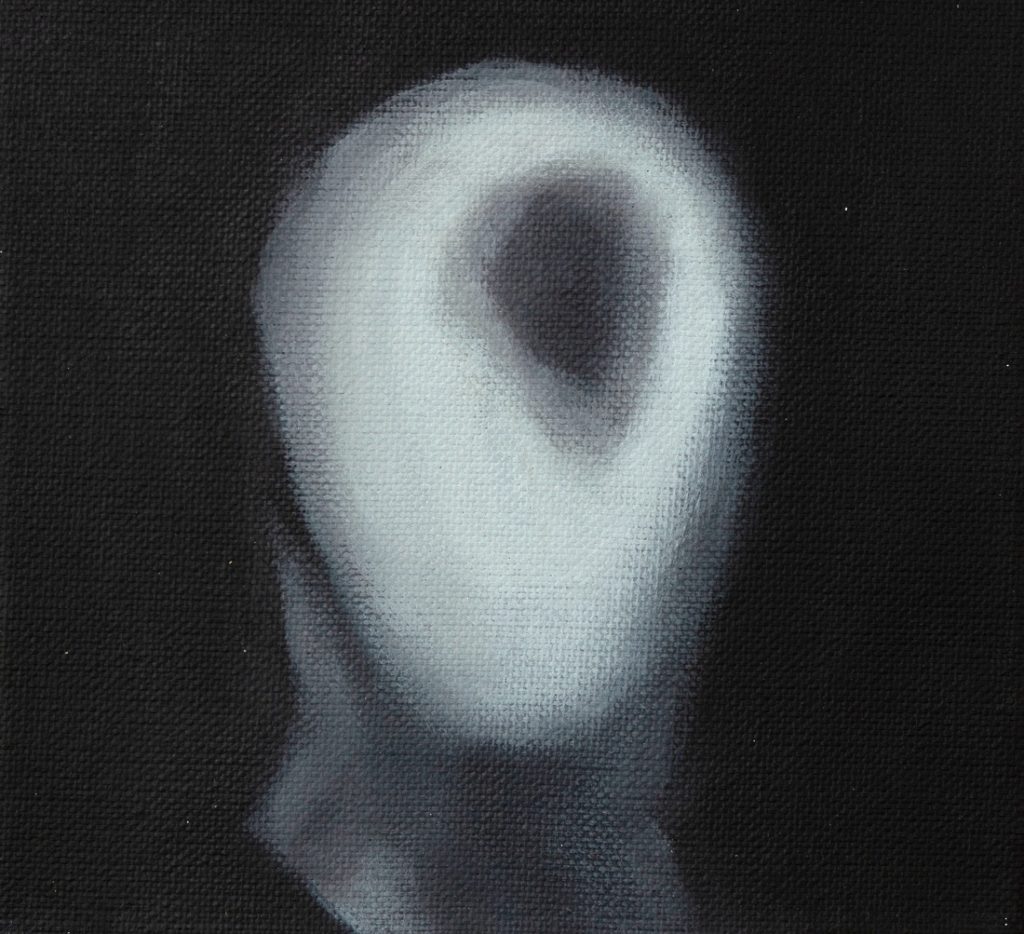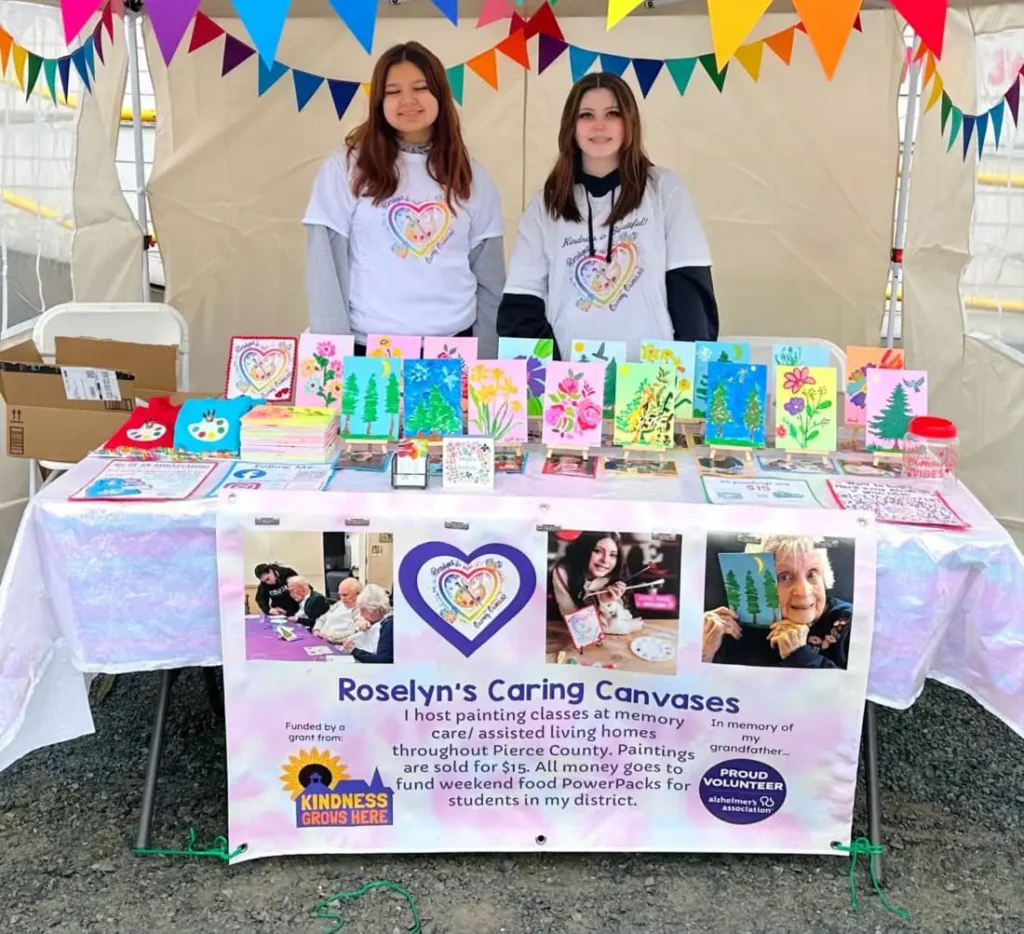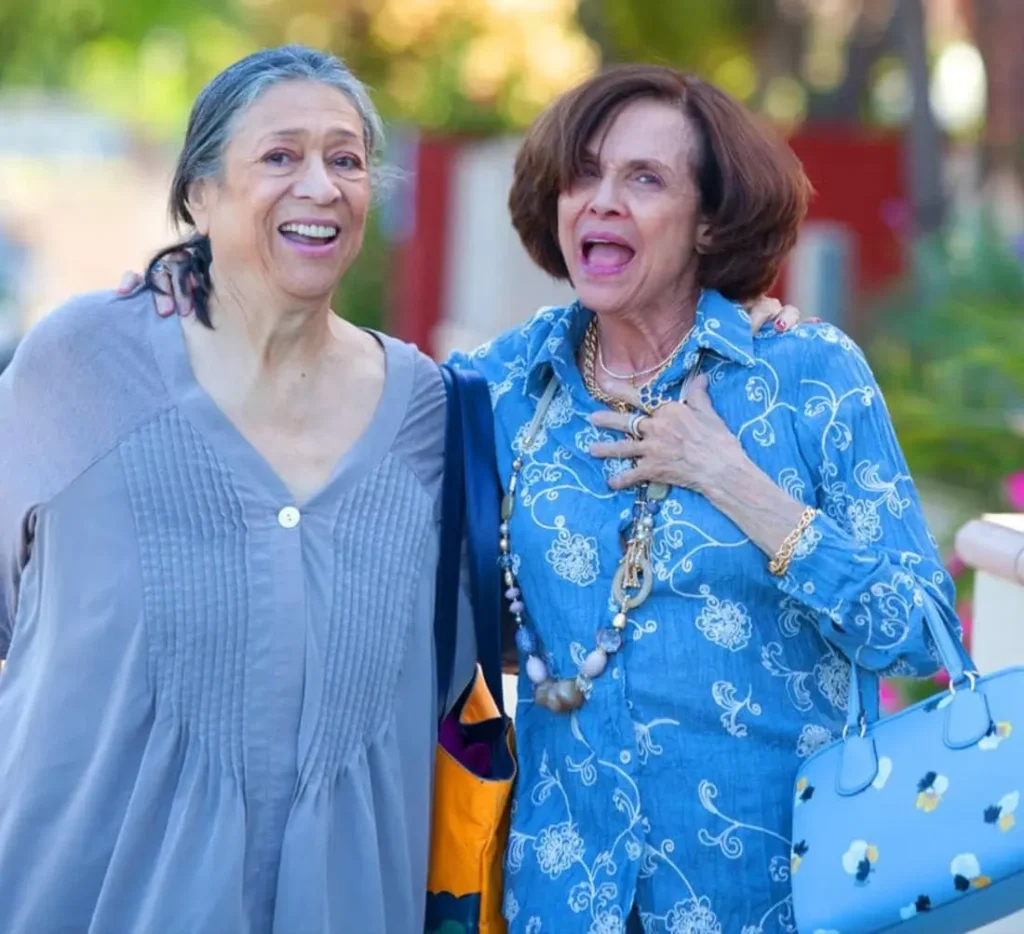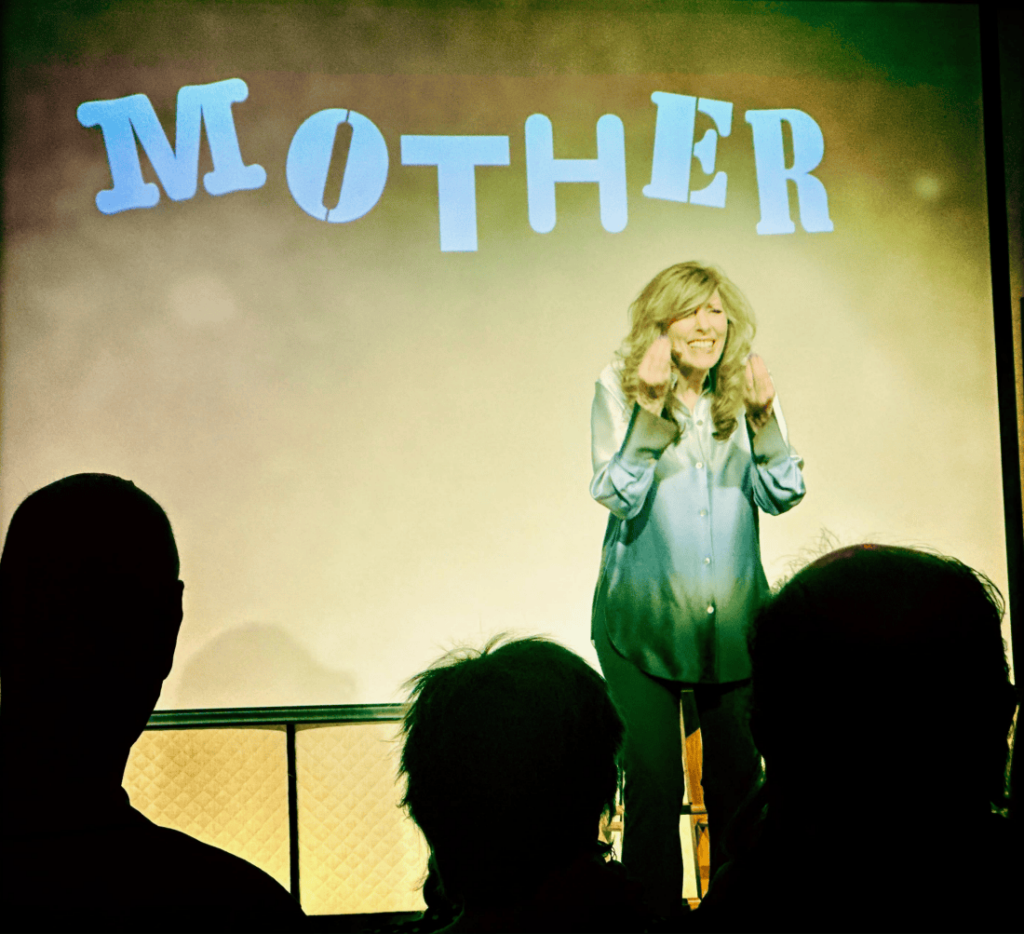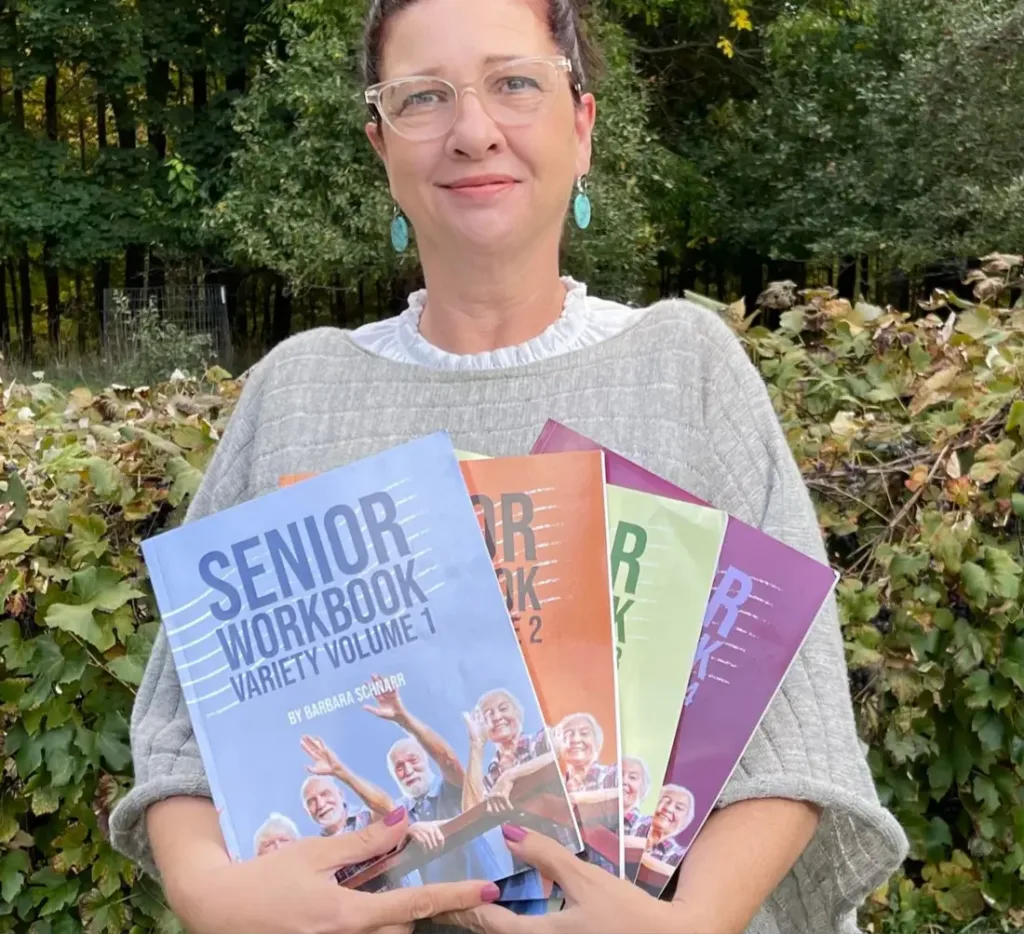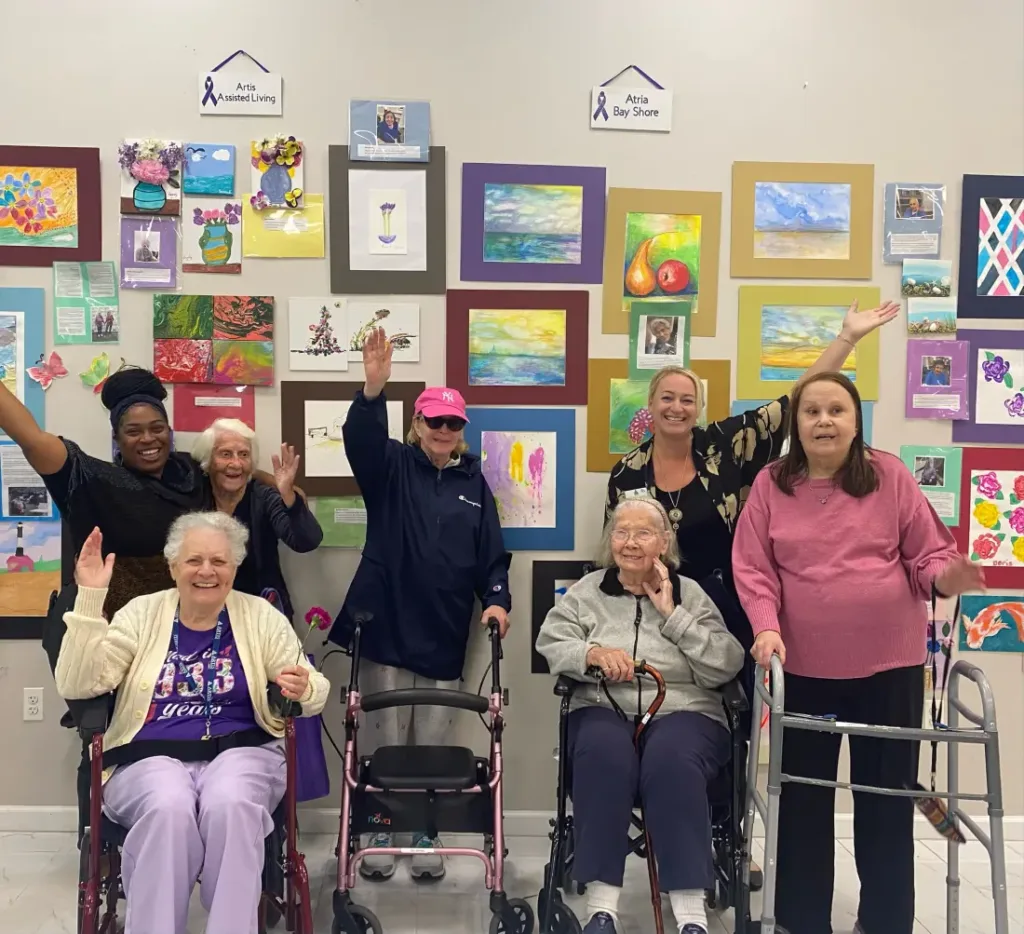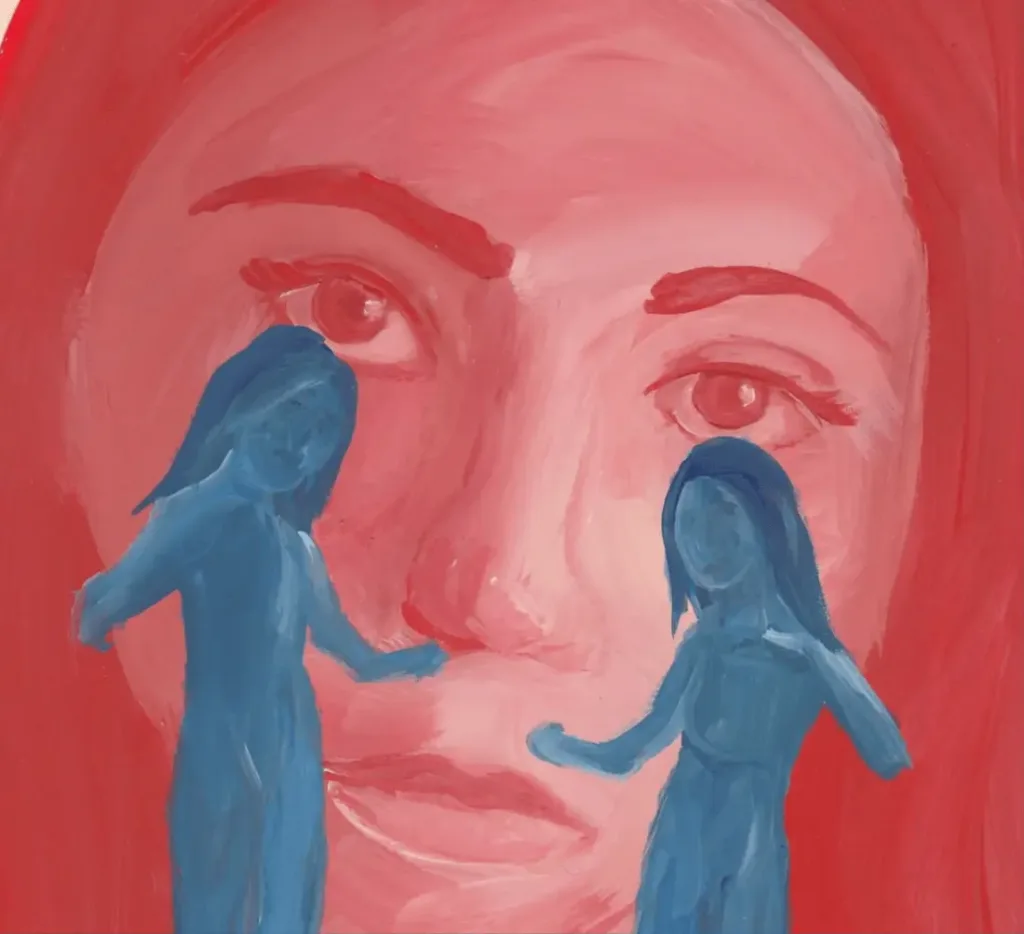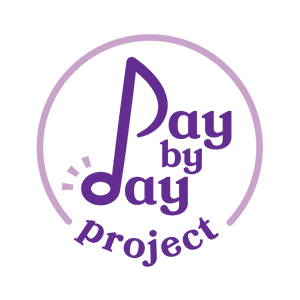Please describe your work of art, how it came to be and the process you undertook to produce it.
MRIs are one of the tools used in diagnosing dementia. They also provide a fascinating look at the mechanics of human life that we don’t often get to see or think about. Usually, you see XRays and MRIs fleetingly, and then move on. The paintings in this exhibit are based on the MRI scans that led to my father’s Alzheimer’s diagnosis. Showing my dad’s MRI images at a large scale, rendered in paint, is an invitation for viewers to spend time in this uncertain and uncomfortable place, hopefully giving them permission to feel their own pain, discomfort, and wonder.
Each painting is created by selecting a view or slice from my father’s MRIs. Oftentimes the selected view is visually and emotionally charged for me. I sketch and then transfer the sketch to a large canvas to paint in black, white, and silver. These colors mimic the MRI technology, and I add silver as an homage to my father’s hardware collection. I include small brain models that show where the slice of the brain is located. In our culture, often the brain and the mind are thought of as separate and almost not located in the body. Showing the models is a way to try to highlight the mechanicality of the human body and to grapple with both the biological and emotional trauma of a family member who is living with dementia.
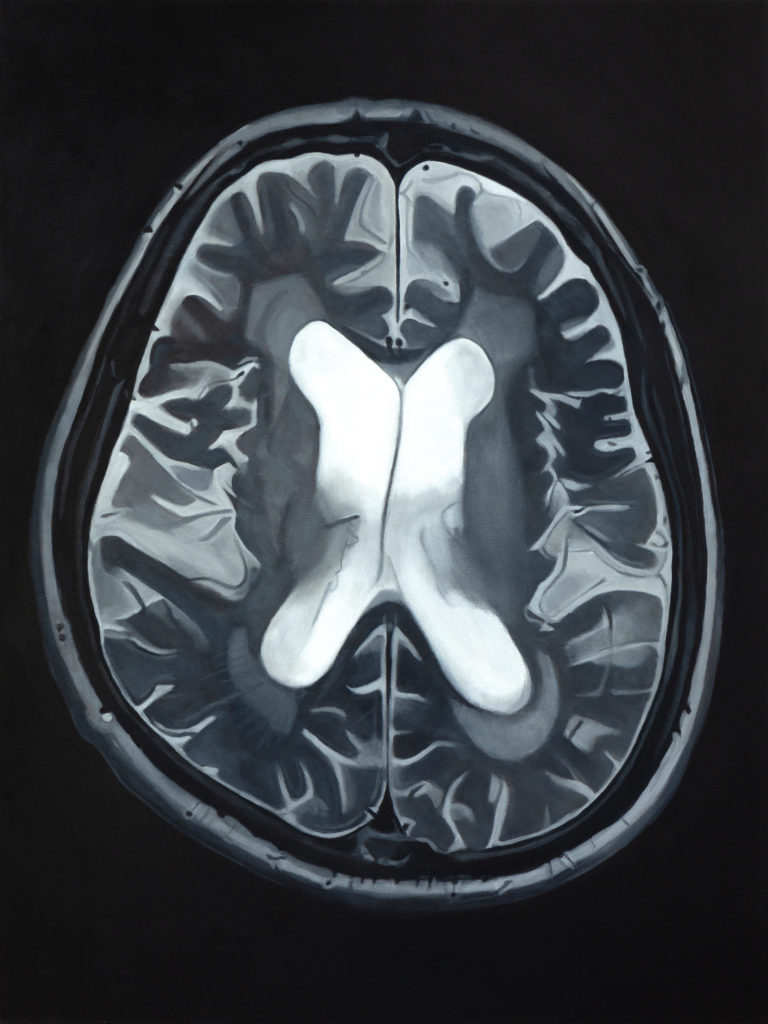
What or who initially inspired you to grapple with dementia?
I think for me, there was a perfect storm of things that led me to do work related to dementia. My father’s diagnosis, my relationship with my father, the kind of artwork I do, and a deep interest in science all made this topic available to me.
There are things from my relationship with my father that have always felt unresolved. I think creating art allows me to speak about that pain and discomfort in a way that hopefully also speaks to others’ needs and pain. Our family members’ illnesses are not in a vacuum, there are parts of life before the diagnosis that may forever be unresolved. My hope is to provide a place for people to sit with all the complexities of disease—the biological, the emotional, the existential.
How has working on dementia-related art changed you?
Because working on dementia is, in some ways, an intensely personal topic, it is new territory for me in art. Previously, I have worked on projects that explore complexities and uncertainties in a political and social realm. That work has always helped me navigate and think about the current events and world I am experiencing. I think doing that work has allowed me to step closer to my own personal experience and to try work that explores a topic that many others may find solace in or resonance with.
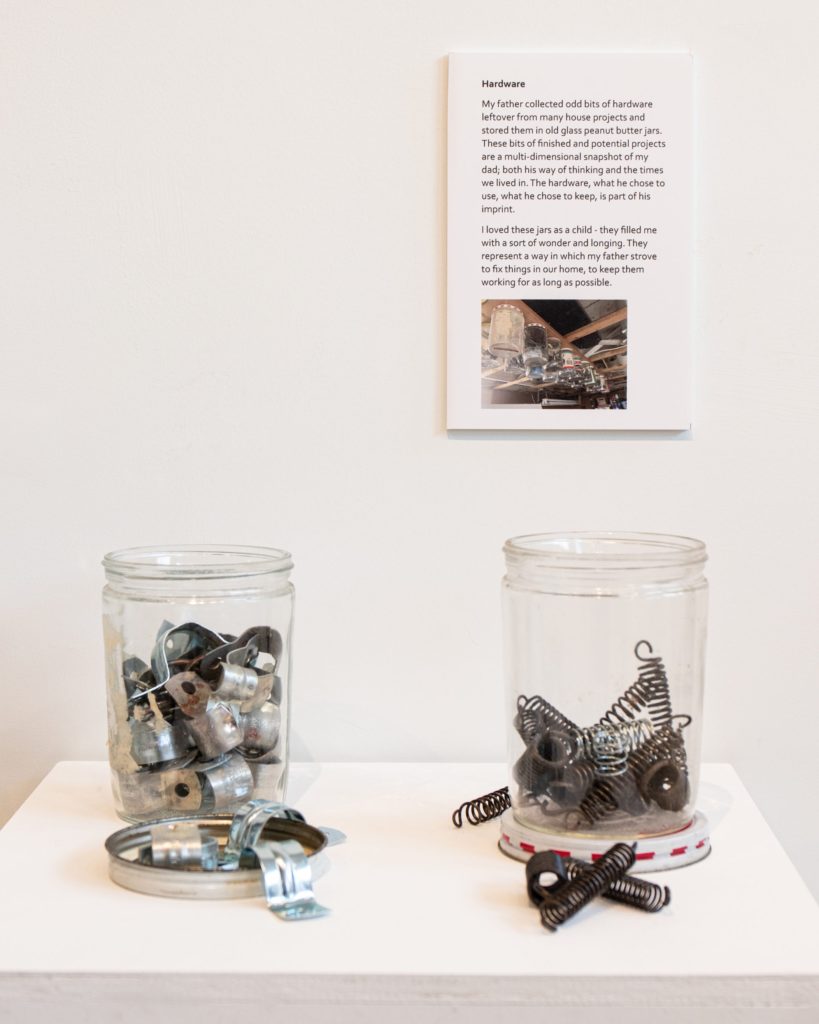
How has the work been received?
My most recent exhibit in Boston had two receptions and I was able to talk with a number of people about the work. Many wanted to share their own stories of a family member or loved one who had Alzheimer’s, dementia, or other mental diseases and difficulties.
People tearfully shared their stories and I felt a responsibility to handle/receive their stories with care. I knew I didn’t have professional training to be able to talk with them too much, but I could be a witness to their lived experiences. It was a really unexpected, moving connection and it made me want to explore how the work might have a healing aspect to it by allowing others to revisit and unlock painful and intense emotions. Maybe we need—and art can provide—safe spaces where communities can reconnect with even the most painful, mysterious, intense experiences of their lives and be able to feel validated and supported.
This work is dedicated to: My dad, John Francis Zipeto
Find more by Diana Zipeto on Instagram, Facebook, and her website.

